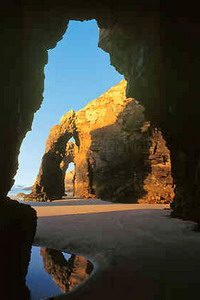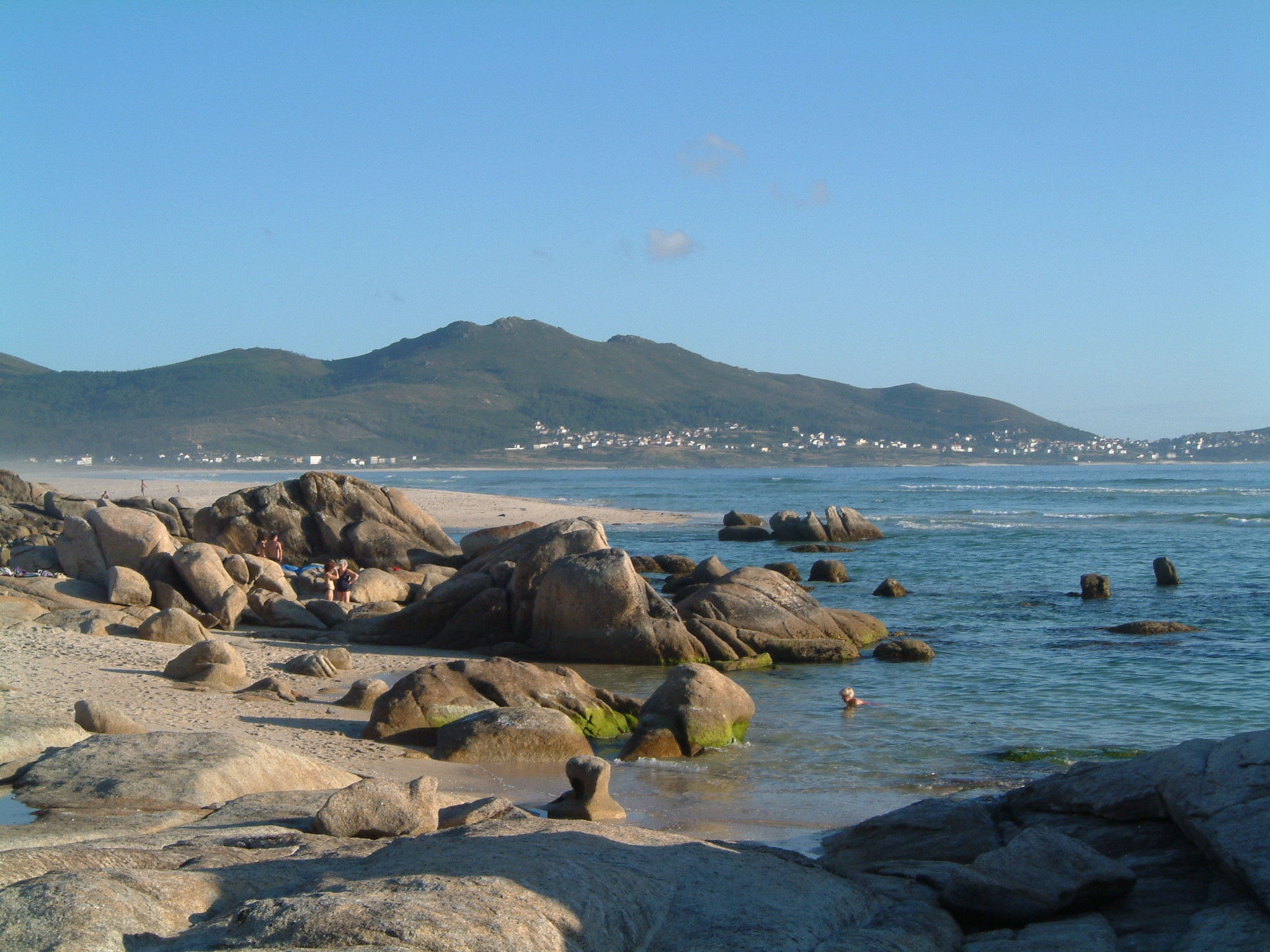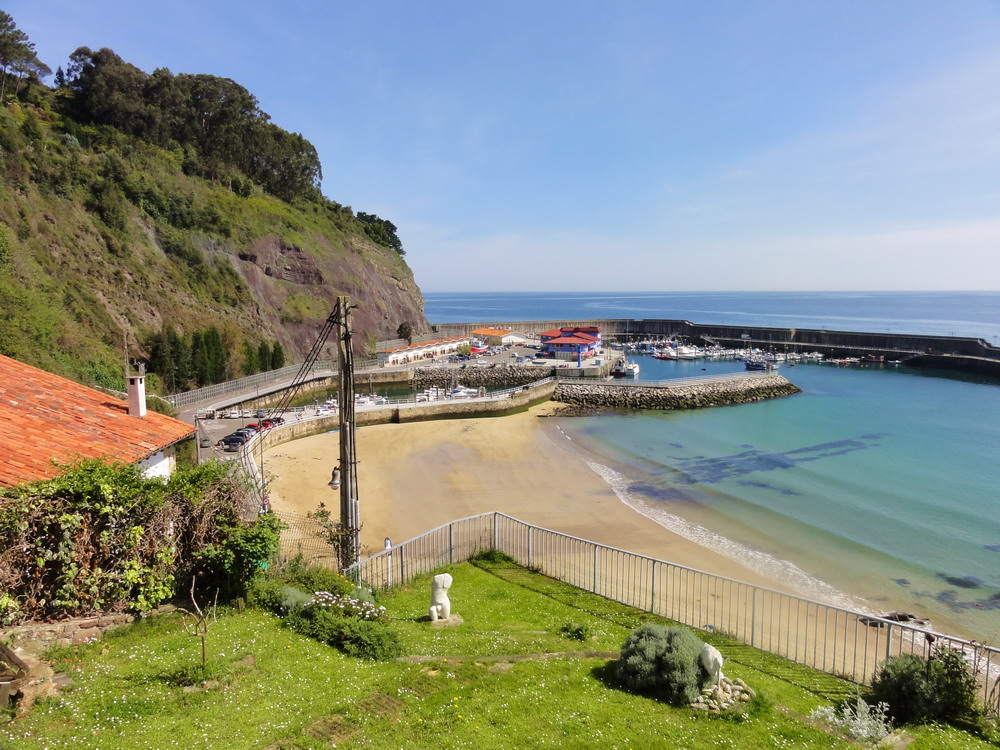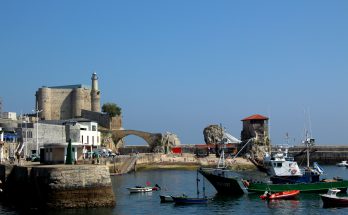Galicia’s immense coastline is strewn with truly beautiful beaches, 772 of them in all, from the Playa de las Catedrales near the border with Asturias all the way round to A Guarda looking across the Miño to Portugal. There’s so much of it that the coast is split into four regions, each with its own distinctive character.
Costa Lucense
Step across the border from Asturias and almost straight away you come across the Playa Catedrales, named for magnificent rock formations, colossal pillars and archways, for which it was voted best beach in the world in 2008. At the heart of this stretch of coastline lies the lively port of Viveiro with its delightful old town and, in Playa Area, its own golden crescent of beach.

Rias Altas
Spanning the Costa Lucense and the Costa de la Muerte, the Rias Altas are the estuaries which break up the northern coastline to the east of A Coruña giving protection to a wealth of unspoilt fishing villages and sandy coves and providing some of the best seafood to be had anywhere in Spain. Here you’ll find the real Galicia, verdant and seemingly untouched by time where traditions such as the fine pottery of Sargadelos are maintained.
Costa de la Muerte
Literally the ‘Coast of Death’, so named for the frequent shipwrecks which at one time made the area infamous, the Costa de la Muerte runs from A Coruña to Finisterre – the End of the World, and slightly beyond to Carnota. If you like your beaches unspoiled this is the place for you, beautiful white sandy bays backed by dunes or forests of native pine or eucalyptus. From the surfy beaches of Baldaio and Razo, round to the idyllic Playa do Lago or Playa Nemiña near Muxia and finishing with one of our favourites Carnota, this coast has one little gem after another, ideal for beach hoppers. Here again, besides the sand, the traditional Galicia is the main attraction with lovely fishing villages and farming communities to explore at leisure. Centuries old crafts such as the pottery at Buño or lace making at Camarinhas, introduced by the Irish in the 16th century are also maintained and the local gastronomy remains thankfully true to its roots.
Rias Bajas
Reknowned throughout Spain for their fantastic local shellfish and delicious Albariño wines as well as the benign micro-climate which they enjoy, the Rias Baixas, the lower estuaries, are a haven for tourists. Popular with the Spaniards these inlets are ideal for those who like a bit of ‘vida’ at the seaside though it’s far from overdeveloped and there are still many lovely unspoilt seaside villages such as A Guarda, Baiona or Cambados and beautiful unpoilt sandy beaches protected by the craggy forms of the Rias themselves. Take a boat trip to the Islas Cies and Ons just off the coast which have been designated the status of Biosphere Reserve and came first among the top ten beaches in the world according to The Guardian.
If you’re interested in touring Galicia, exploring the coastline at your own pace and staying in delightful, small, independent hotels or in one (or more) of our holiday homes, why not call and let our team of experts put together the perfect holiday. Call 01223 328721.




